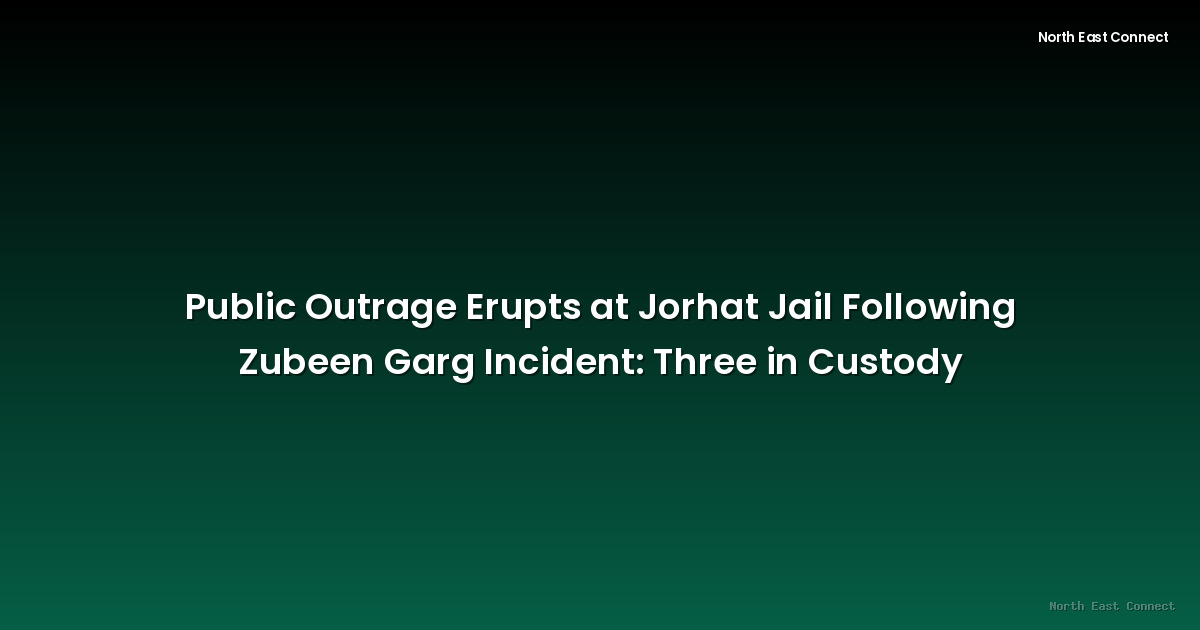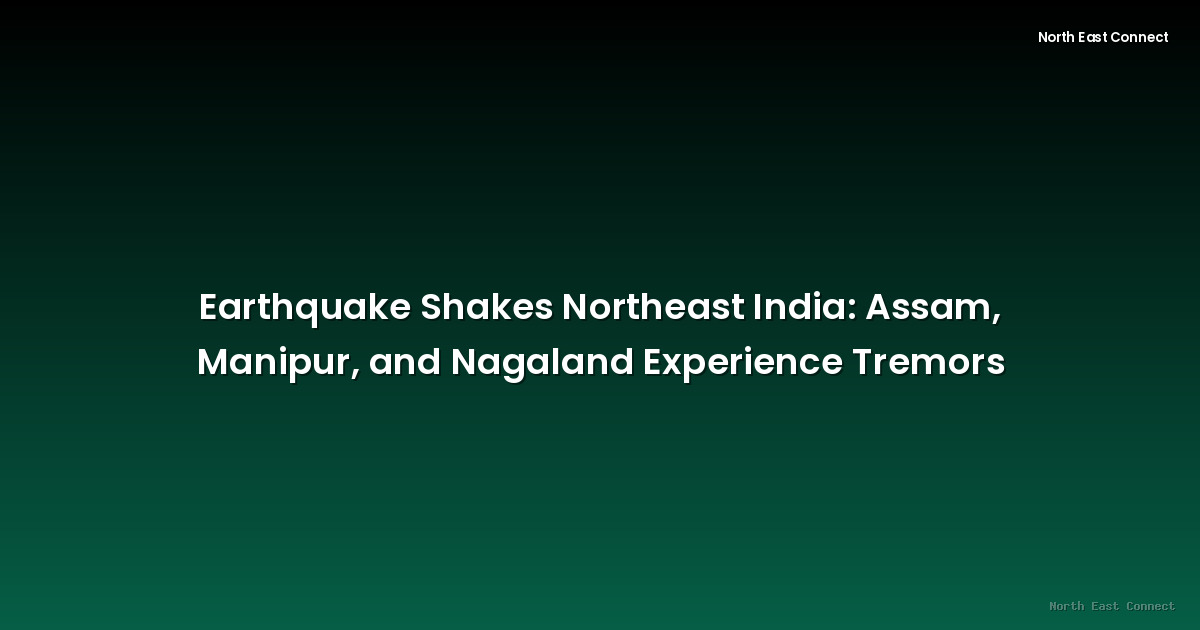2025-08-24 · News
The Indian Army recently undertook a significant Military-Civil Integration (MCI) exercise in the northeastern states of Assam and Manipur. This large-scale operation aimed to strengthen the already existing collaborative relationship between the military and civilian authorities in the region, focusing on improving disaster response capabilities and fostering community development initiatives. The exercise underscored the army's commitment to working hand-in-hand with local communities to address critical challenges.
The MCI exercise involved a wide range of activities designed to test and refine the coordinated response mechanisms between military personnel and civil administration officials. Specific scenarios simulated various disaster situations, including floods, earthquakes, and landslides, common occurrences in the geographically challenging terrain of Assam and Manipur. These simulations provided valuable practical experience in coordinating rescue operations, providing medical assistance, and distributing essential supplies. The exercises helped highlight the strengths and weaknesses in current protocols, paving the way for improvement and refinement of disaster management strategies in the region.
Beyond disaster response, the exercise incorporated community development projects. The army collaborated with local communities on initiatives aimed at improving infrastructure, providing healthcare, and promoting education. This aspect of the exercise reflects a broader military strategy to integrate with the civilian population, contributing to long-term societal development and fostering a sense of mutual trust and respect. Such projects build stronger relationships between the army and the communities they serve, thereby strengthening regional security and stability.
The specific details regarding the scale and duration of the exercise remain undisclosed for operational security reasons. However, reports suggest participation from various units of the Indian Army, along with representatives from state government agencies, disaster relief organizations, and local community leaders. This multi-stakeholder approach highlights the collaborative nature of the exercise and its focus on building a strong, coordinated network capable of effectively addressing various challenges.
The success of this MCI exercise is expected to have a lasting impact on the relationship between the military and civilians in Assam and Manipur. Improved coordination in disaster relief will undoubtedly enhance the safety and well-being of the population during emergencies. Furthermore, the community development projects undertaken will contribute to sustained growth and progress in these regions. The exercise serves as a model for strengthening civil-military relations across other regions facing similar challenges, particularly in geographically vulnerable areas. By focusing on both immediate needs (disaster response) and long-term development, the exercise contributes to a more secure and prosperous future for the communities involved. The collaborative approach demonstrates a commitment to shared responsibility for the well-being and progress of the region. This integrated approach is likely to be replicated and adapted for use in other parts of India, reflecting the success of the exercise in Assam and Manipur.







